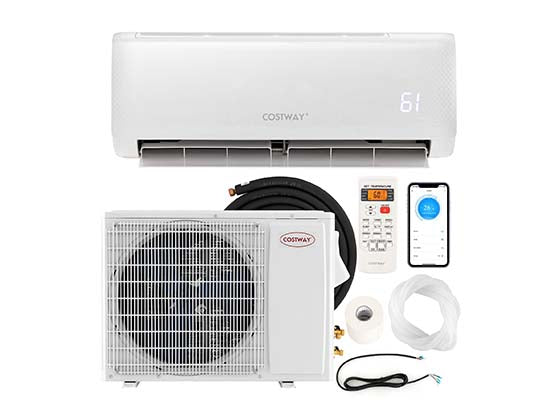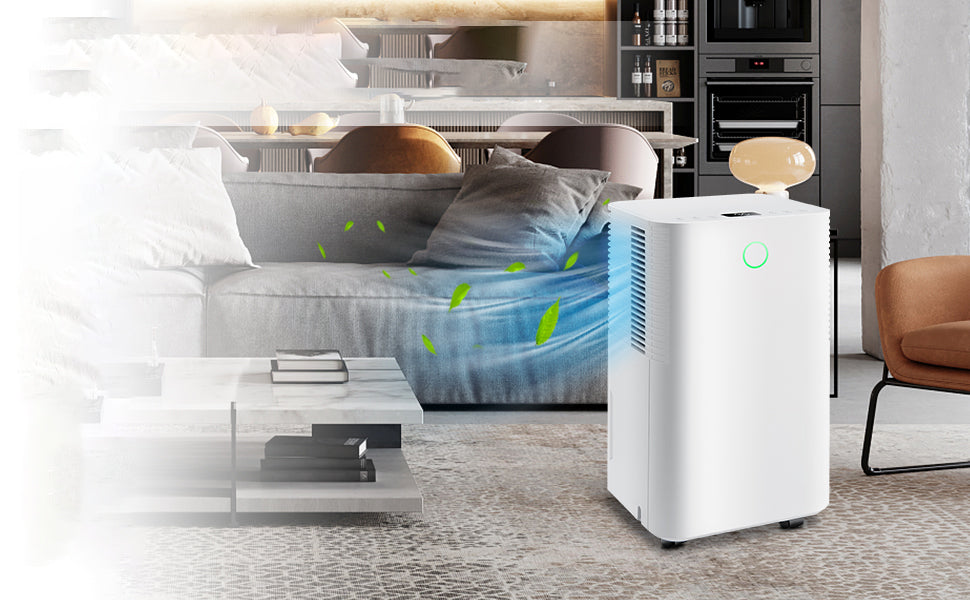Electric fireplaces have become a popular choice for homeowners seeking a blend of style, convenience, and warmth. But a common question arises: Do electric fireplaces really warm a room? As professionals in the electric fireplace industry, we understand the importance of providing clear and accurate information. In this guide, we will explore the heating capabilities of electric fireplaces, their benefits, limitations, and tips for maximizing their efficiency.
Understanding Electric Fireplaces
What is an Electric Fireplace?
Electric fireplaces are innovative heating solutions that mimic the appearance of traditional fireplaces without the need for wood or gas. They come in various styles, including wall-mounted, freestanding, and inserts, allowing for versatile installation options. These fireplaces are equipped with LED lights to simulate flames and a heating element to provide warmth.
Wall-mounted Electric Fireplace

Freestanding Electric Fireplace
Electric Fireplace Insert
How Do Electric Fireplaces Work?
Electric fireplaces operate by drawing in cool air, heating it internally with a coil, and then using a fan to expel the warm air into the room. Unlike traditional fireplaces, they do not produce real flames or smoke, making them a safer and cleaner option for indoor heating.
Heating Capabilities of Electric Fireplaces
Do Electric Fireplaces Produce Real Heat?
Yes, electric fireplaces do produce real heat. They are designed to provide supplemental heating, typically capable of warming a room of up to 400 square feet. The heat output is measured in British Thermal Units (BTUs), and most electric fireplaces offer adjustable settings to control the level of warmth.
Factors Affecting Heating Efficiency
Several factors influence the heating efficiency of electric fireplaces:
- Room Size and Insulation: Larger rooms or poorly insulated spaces may require additional heating sources.
- Fireplace Wattage and Settings: Higher wattage models provide more heat, and adjustable settings allow for customized comfort.
- Placement and Installation: Proper placement ensures optimal heat distribution. Avoid obstructing the airflow with furniture or curtains.
Benefits of Using an Electric Fireplace
Energy Efficiency
Electric fireplaces are energy-efficient, converting nearly all the electricity they consume into heat. They offer a cost-effective alternative to traditional heating methods, allowing users to heat specific areas without raising the thermostat for the entire home.
Safety and Convenience
Safety is a significant advantage of electric fireplaces. They remain cool to the touch, reducing the risk of burns, and include features like automatic shut-off to prevent overheating. Additionally, they require minimal maintenance, with no need for chimney cleaning or ash disposal.
Limitations and Considerations
Limitations of Electric Fireplaces
While electric fireplaces are effective for supplemental heating, they may not suffice as the primary heat source for large spaces. Their reliance on electricity means they are inoperable during power outages, unlike wood or gas fireplaces.
Considerations Before Purchase
Before purchasing an electric fireplace, consider your specific heating needs, room size, and design preferences. Evaluate the available models to find one that aligns with your requirements and complements your home decor.
Tips for Maximizing Heat Output
Optimizing Fireplace Settings
To maximize heat output, adjust the thermostat and fan settings according to the room's needs. Utilize the timer function to maintain a consistent temperature without wasting energy.
Enhancing Room Insulation
Improving room insulation can significantly enhance the effectiveness of an electric fireplace. Simple measures like sealing windows and doors or adding curtains can help retain heat.
Regular Maintenance and Care
Regular maintenance ensures optimal performance. Clean the fireplace's exterior and interior components periodically to prevent dust buildup, which can hinder airflow and efficiency.
Conclusion
Electric fireplaces offer a stylish and efficient way to add warmth to your home. While they may not replace central heating systems, they provide an excellent supplemental heat source with numerous benefits, including energy efficiency and safety. By understanding their capabilities and limitations, you can make an informed decision that meets your heating needs.
Call to Action
We invite you to explore the world of electric fireplaces further. Whether you're considering a purchase or seeking to enhance your current setup, our team is here to assist. Share your experiences and questions with us, and let's continue the conversation about the innovative solutions electric fireplaces offer.











